Table of Contents
Have you made the decision to start with cold therapy? Then you have the highest praise from us. Cold therapy is a great tool for building resistance to the cold, boosting immunity and the psyche, or relieving fatigue. However, it should be approached with caution, especially at first when you are just getting acquainted with it. The cold can be a good servant, but a bad master. That’s why it’s important to know how to approach cold therapy and what to look out for.
The 10 most frequently asked questions about cold therapy
Cold therapy is also sometimes referred to as cold exposure or cold water therapy. When you voluntarily, briefly and purposefully expose yourself to the cold, this is cold therapy. This can be through a cold shower, an ice tub, cold air, or even walking barefoot in the snow. You are exposing your body to a small dose of the cold, which acts as a stressor on the body. The body then starts to react to it through more or less known regulatory mechanisms that lead to a reduction in heat loss and its production. Our body learns to use these innate mechanisms more efficiently, which means that we are not caught off guard by a drop in temperature.
However, if you overdo it with the cold, it is no longer a positive stressor, but rather a negative one that is a threat to your health. Thus, whatever method of cold therapy you choose, always treat it as a medication that can help you, but only in the correct quantity.
In case you want to learn about the beneficial effects of cold therapy on your body, feel free to read our article How to Get Stronger Immunity Through Cold Therapy?
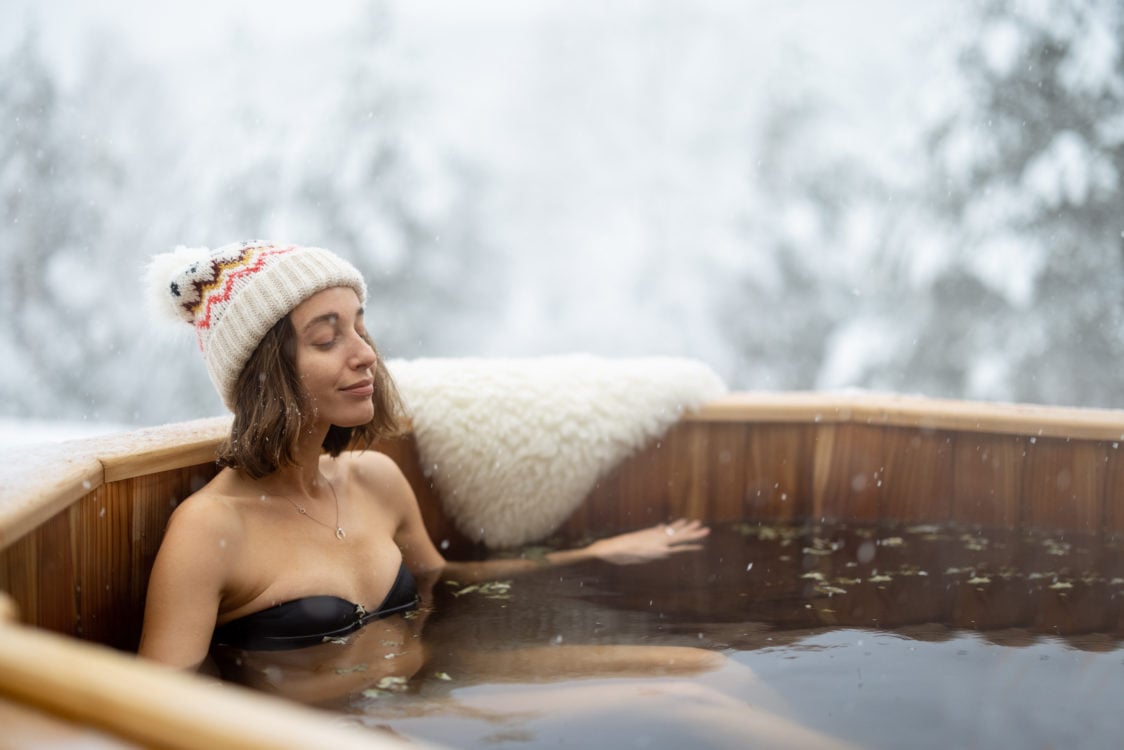
1. Who is cold therapy not suitable for?
If you have any kind of heart disease, circulatory system disease or other long-term health problems, you should first discuss the suitability of cold therapy with your doctor. Also, if you have an acute health problem such as the flu or a cold, it is not a good idea to get into cold water. This is likely to make the symptoms of your illness worse. Therefore, before taking a cold bath, think about whether it could do you more harm than good in your current situation and condition. [1]
2. How to begin with cold therapy?
Tolerance to the cold needs to be built up gradually. You don’t have to dive into a hole in a frozen pond or walk in the mountains in shorts. Such an extreme would probably discourage you from further cold exposure and probably leave some negative consequences in the form of a cold or other health problems. You are better off starting with a cold shower and gradually building up your resistance to the cold.
Gradual lowering of the temperature in your home (not less than 18°C for adults), walking around outside with less clothing, alternating cold and warm showers and other methods can all be of great benefit. You can read more in our article How to Practice Cold Exposure? 10 Tips for Beginners and Advanced.
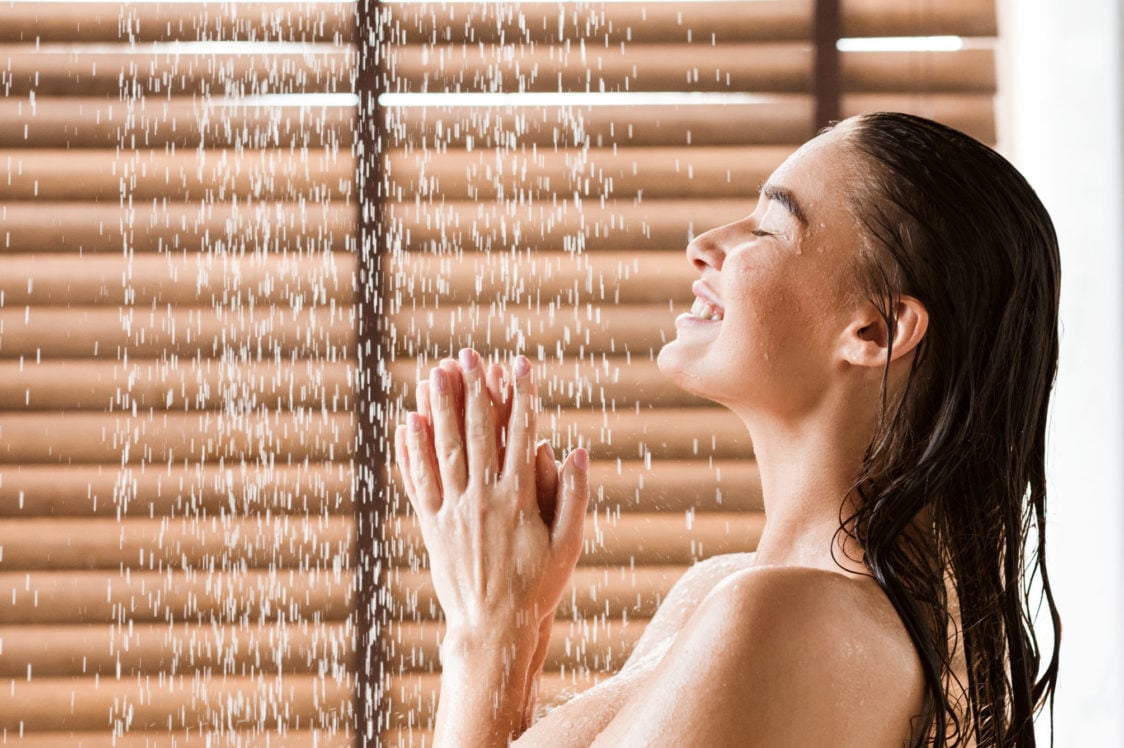
3. Are there any risks and side effects of cold therapy?
Just as over-exercising can cause you harm, too much of cold exposure can also cause harm. Therefore, it should be approached with caution and moderation. In particular, there is a higher risk of hypothermia and perhaps frostbite when exercising outdoors. For this reason, always keep your safety in mind and follow your body’s signals. You should also take into account that the cold can cause unpleasant sensations. If you find it unbearable, don’t fight it and get out of the water. And if you’re trying cold air therapy, you’d better suit up. Even winning a bet with a friend on who can stay in the icy water longer isn’t worth the health risk.
For this reason, it is better to start with cold therapy at home, where you have better control over the process. If you go out to the pond, for example, you’d better always have a partner with you in case anything happens. [2]
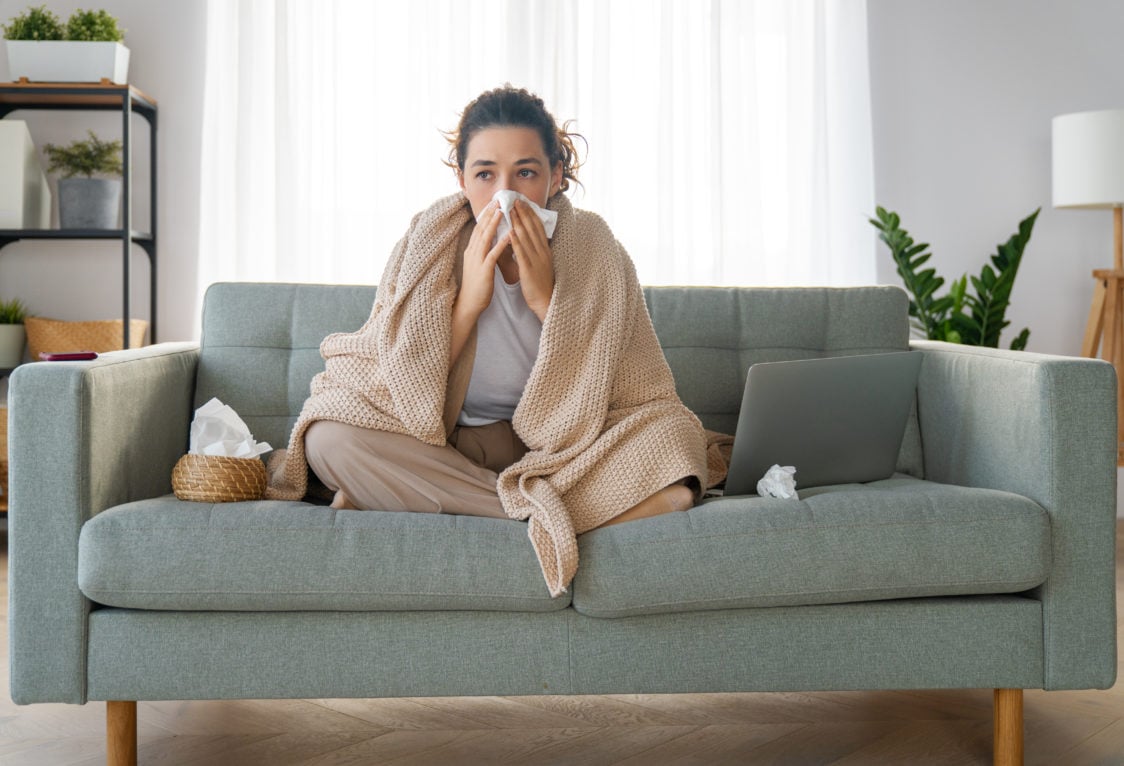
4. Is it advisable to practice cold therapy before going to bed?
A cold shower or other form of cold exposure has a stimulating effect on the body. It wakes you up rather than giving your brain the signal that it’s time to go to sleep. In addition, the body automatically starts to warm itself up after contact with the cold. This could also have a negative effect on your body’s natural drop in temperature, which is important for a good night’s sleep.
Therefore, a warm bath before going to bed is commonly recommended as it has a more relaxing effect. It has also been found that having a warm bath before going to bed at night can also promote the body’s natural cooling effect before sleep. [11]
Instead, leave the icy shower as a morning wake-up call or at any time during the day when you need to wake up and revive yourself. Take a warm bath before bed instead.
If you have trouble sleeping and are wondering what might help, read our article How to Fall Asleep Quickly? Try Our Simple Tips for Better Quality Sleep.
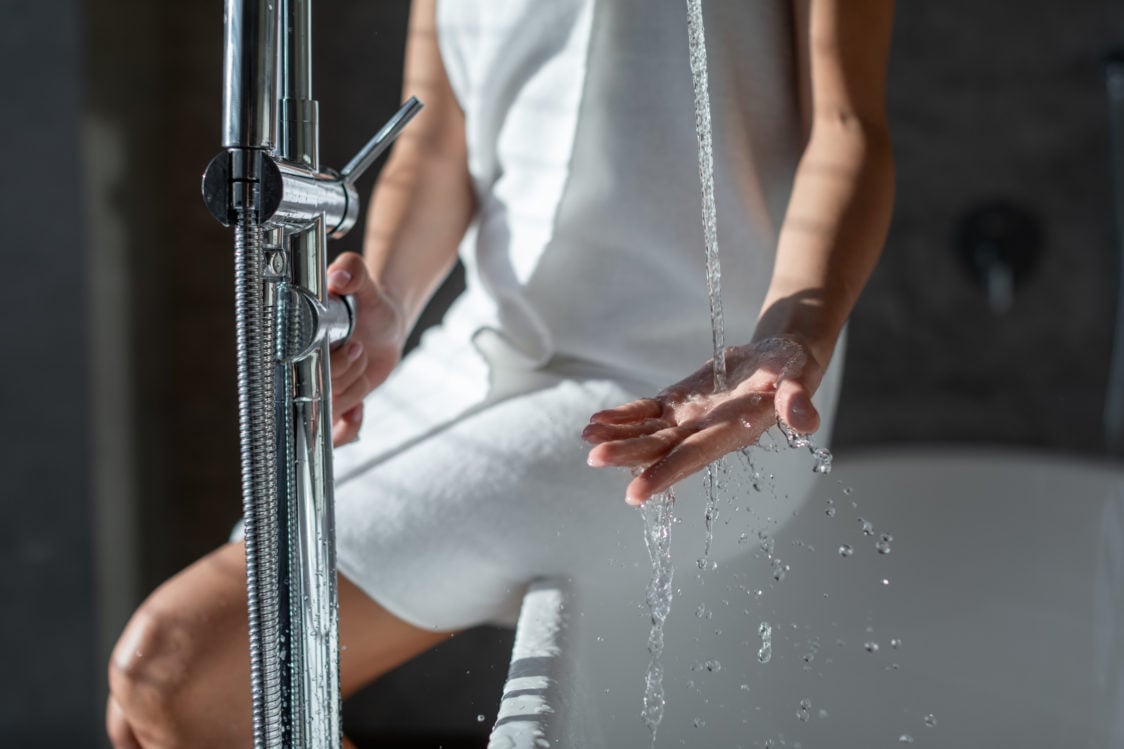
5. How to prepare for cold water therapy outside?
If you want to go to a pond, river or lake to harden, don’t underestimate your preparation. You’ll be outside the warm safety of your home and the risk of hypothermia is much higher outside than in a cold shower. In addition to your partner, be sure to bring a towel and warm clothing (socks, gloves, sweatpants, cotton T-shirt, a sweatshirt and jacket) to put on as soon as you’re dry.
A warm beanie, neoprene gloves or socks and other cold therapy aids that reduce heat loss can also be useful when swimming. A thermos of hot tea to warm you up can also come in handy, and you can reward yourself for bravery with some treats to nibble on.
You might be interested in these products:
6. What temperature is best for cold therapy?
The optimum temperature for cold therapy will be different for each of you. It depends on your level of training, your current physical and mental state and other factors. For example, one day you may be able to dive into 10 °C water with no issue, but other times it will simply be too cold for you.
Beginners are usually comfortable with a water temperature of around 15 °C, while more advanced can manage 8 °C or less. Cold air does not affect our body as quickly and intensely, in which case you can easily cope with the lower temperatures.
When starting out, it is advisable to start with a higher temperature and gradually reduce it as you adapt to the cold. You can hardly influence the temperature outside, but if you go to a pond from autumn onwards, you will gradually adapt to the decreasing water temperature. [3-4]
7. How often should you practice cold therapy?
You don’t have to take cold water baths every day, but try to keep some regularity in your cold therapy sessions. This is the only way to give your body a chance to adapt to the cold. Try to start with cold therapy three times a week. Over time, perhaps a cold shower every morning can become an integral part of your routine. It’s better to start slowly and take your time.
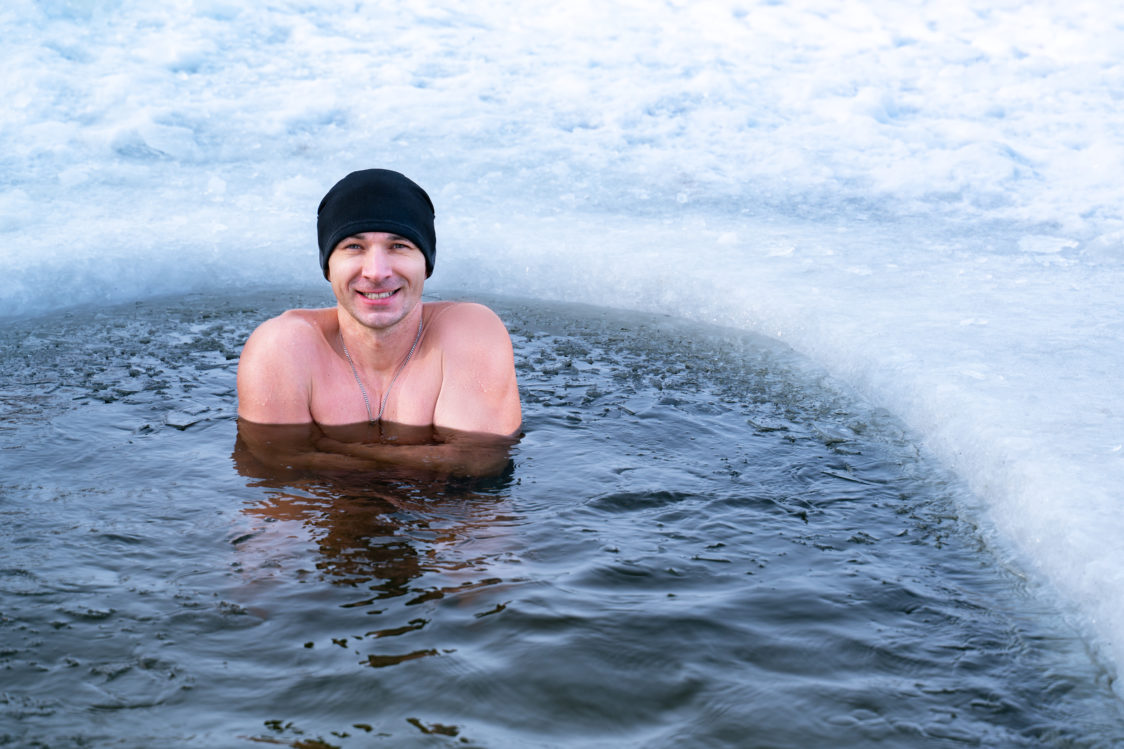
8. How long should you do cold therapy?
In this respect, it will again depend on your training and the specific cold therapy method. In the case of a cold shower, a tub of ice water, or a plunge into cold outdoor water, you can safely start with ten seconds and gradually work up to several minutes. Larger periods of time may not actually be necessary.
According to one study, just thirty seconds under a cold shower led to positive effects on the body. When this time was extended to sixty and ninety seconds, it did not produce a greater effect. You may find for yourself that the half-minute of cold in the morning really is enough to invigorate you, improve your mood, promote concentration and other benefits of cold therapy. [12]
In studies, the cold therapy time generally ranged from one to fifteen minutes. However, it is not yet clear whether a longer period of time would produce an improved effect or whether it could lead to a cold or other negative effects. This means that you do not have to risk your health and try to break all records in cold water therapy at any cost. Leave that to Wim Hof. [4]
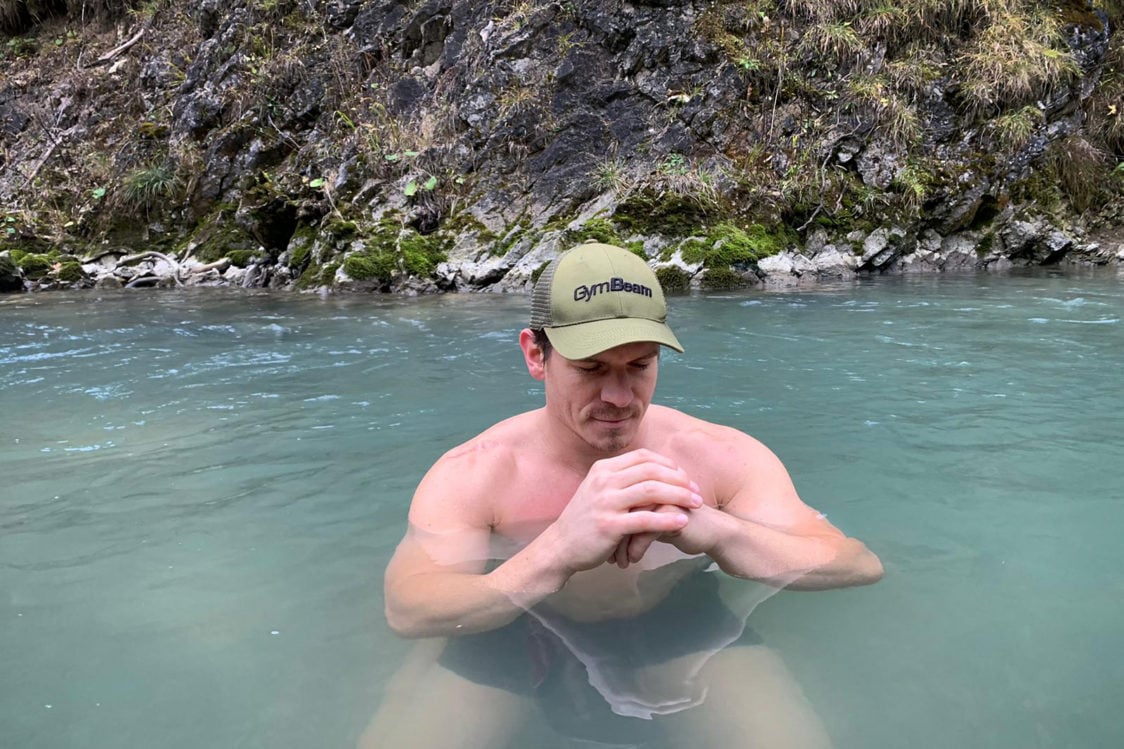
9. Is it recommended to do cold therapy after a workout?
Many athletes use some form of cold therapy to aid in their regeneration. NHL hockey players, professional footballers or cyclists are no exception. Most often, they immerse themselves in a bathtub or tub full of iced water or alternate between cold and warm baths. It is these methods that are associated with reducing delayed onset muscle soreness (DOMS) after training and relieving fatigue.
However, strength athletes and people seeking maximum muscle growth should not engage in post-workout cold therapy (ice baths, contrast therapy). Cold water after exercise can negatively affect training adaptations and subsequent muscle growth. However, cold showers should not have any effect on muscle growth, so feel free to continue having cold showers. [5-8]
In the event that you are interested in other recovery techniques, you can check out our article The Best Techniques for Regeneration, Relieving Tired Muscles and Fatigue After Training.

10. Does cold therapy help with weight loss?
In a colder environment, our metabolism temporarily speeds up as our body uses more energy to warm up. As a result, this can lead to an overall higher energy expenditure, promoting a caloric deficit and therefore weight loss. The problem is that we spend at most a few minutes in the cold water. This is not the hundreds of calories burned that you may sometimes read about. If that were true, instead of full gyms, we’d be wrestling for space at the local creek. And cryochambers would be commonly used in obesity treatment instead of dietary changes and exercise.
Does cold therapy have an effect on brown fat?
Brown fat is often mentioned in connection with exposure to cold water. We naturally have less of it in the neck and spine. Unlike white fat, brown fat is more metabolically active. This is mainly due to the fact that it contains mitochondria, which act as cellular energy factories. It can activate in cold environments, leading to heat production associated with intense calorie burning.
Theoretically, this implies that the more brown fat we have, the more energy we could use. And it’s cold therapy that studies suggest could help gain brown adipose tissue. Unfortunately, there is not enough scientific evidence for this yet. That’s why it’s better to rely on the more reliable method of a calorie deficit when losing weight. [9-10]
If you need help with weight loss, you can find practical tips in our article 10 Things You Should Know Before You Start Losing Weight.
What should you remember?
After reading today’s article, you are now aware of when it is appropriate and when it is not appropriate to practice cold therapy. It can actually be counterproductive for strength athletes. You have also learnt about the risks of such an activity and that it is not a very effective method for weight loss. However, cold therapy still has many benefits to the body and mind. If nothing prevents you from doing so, try to make friends with the cold a little too.
If you have someone in your circle of friends who wants to start practising cold therapy, don’t hesitate to share this article with them. The practical advice will definitely come in handy.
[1] Ristic, A. 10 Benefits of Cold Exposure & Cold Showers + Precautions. – https://health.selfdecode.com/blog/12-reasons-embrace-cold/
[2] Tipton, M. J., Collier, N., Massey, H., Corbett, J., & Harper, M. Cold water immersion: Kill or cure? – https://doi.org/10.1113/EP086283
[3] Huberman, A. The Science & Use of Cold Exposure for Health & Performance. – https://hubermanlab.com/the-science-and-use-of-cold-exposure-for-health-and-performance/
[4] Cold Water Immersion—Science for Sport. – https://www.scienceforsport.com/cold-water-immersion/
[5] Higgins, T. R., Greene, D. A., & Baker, M. K. Effects of Cold Water Immersion and Contrast Water Therapy for Recovery From Team Sport: A Systematic Review and Meta-analysis. – https://doi.org/10.1519/JSC.0000000000001559
[6] Versey, N. G., Halson, S. L., & Dawson, B. T. Water Immersion Recovery for Athletes: Effect on Exercise Performance and Practical Recommendations. – https://doi.org/10.1007/s40279-013-0063-8
[7] Yeung, S. S., Ting, K. H., Hon, M., Fung, N. Y., Choi, M. M., Cheng, J. C., & Yeung, E. W. Effects of Cold Water Immersion on Muscle Oxygenation During Repeated Bouts of Fatiguing Exercise. – https://doi.org/10.1097/MD.0000000000002455
[8] Roberts, L. A., Raastad, T., Markworth, J. F., Figueiredo, V. C., Egner, I. M., Shield, A., Cameron-Smith, D., Coombes, J. S., & Peake, J. M. Post-exercise cold water immersion attenuates acute anabolic signalling and long-term adaptations in muscle to strength training. – https://doi.org/10.1113/JP270570
[9] Marlatt, K. L., & Ravussin, E. Brown Adipose Tissue: An Update on Recent Findings. – https://doi.org/10.1007/s13679-017-0283-6
[10] Cool Temperature Alters Human Fat and Metabolism. (National Institutes of Health (NIH). – https://www.nih.gov/news-events/nih-research-matters/cool-temperature-alters-human-fat-metabolism
[11] Sleep Foundation. Showering Before Bed. – https://www.sleepfoundation.org/sleep-hygiene/shower-before-bed
[12] Buijze, G. A., Sierevelt, I. N., van der Heijden, B. C. J. M., Dijkgraaf, M. G., & Frings-Dresen, M. H. W. The Effect of Cold Showering on Health and Work: A Randomized Controlled Trial. – https://doi.org/10.1371/journal.pone.0161749

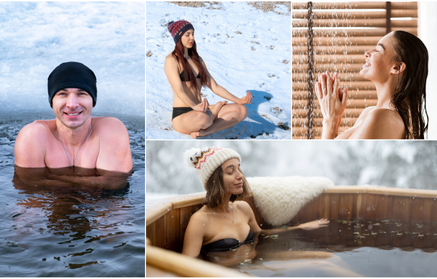
Add a comment